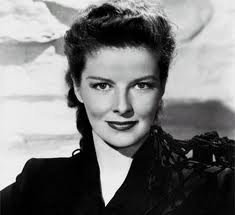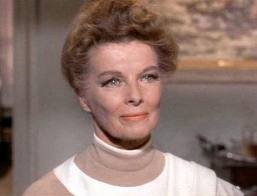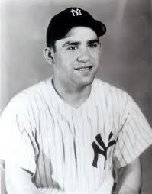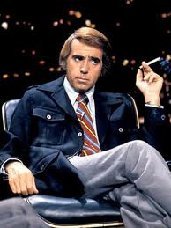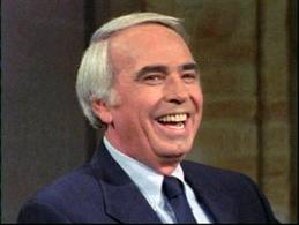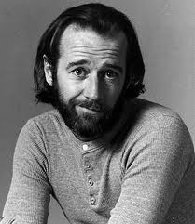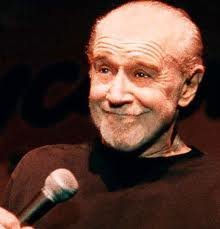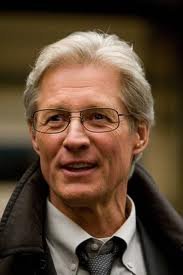The Kentucky Derby is a horse race held annually in Louisville, Kentucky, United States, almost always on the first Saturday in May, capping the two-week-long Kentucky Derby Festival. The competition is a Grade I stakes race for three-year-old Thoroughbreds at a distance of one and a quarter miles at Churchill Downs. Colts and geldings carry 126 pounds and fillies 121 pounds.
It is dubbed "The Run for the Roses", stemming from the blanket of roses draped over the winner. It is also known in the United States as "The Most Exciting Two Minutes in Sports" or "The Fastest Two Minutes in Sports" because of its approximate duration. It is the first leg of the American Triple Crown, followed by the Preakness Stakes, and then the Belmont Stakes. Of the three Triple Crown races, the Kentucky Derby has the distinction of having been run uninterrupted since its inaugural race in 1875. The race was rescheduled to September 2020 due to the COVID-19 pandemic. The Preakness and Belmont Stakes races had taken hiatuses in 1891–1893 and 1911–1912, respectively. Even with the Olympics and major professional sports leagues canceled at those points, the Derby, Preakness, and Belmont took place during the Great Depression and both World Wars.
A horse must win all three races to win the Triple Crown. In the 2015 listing of the International Federation of Horseracing Authorities (IFHA), the Kentucky Derby tied with the Whitney Handicap as the top Grade 1 race in the United States outside the Breeders' Cup races.
In 1872, Col. Meriwether Lewis Clark Jr., grandson of William Clark of the Lewis and Clark expedition, traveled to England, visiting Epsom in Surrey where The Derby had been running annually since 1780. From there, Clark went on to Paris, France, where a group of racing enthusiasts had formed the French Jockey Club in 1863. They had organized the Grand Prix de Paris at Longchamp, which at the time was the greatest race in France. Returning home to Kentucky, Clark organized the Louisville Jockey Club to raise money for building quality racing facilities just outside the city. The track would soon become known as Churchill Downs, named for John and Henry Churchill, who provided the land for the racetrack. The naming went official in 1937.
The Kentucky Derby was first run at 11⁄2 miles the same distance as the Epsom Derby, before changing lengths in 1896 to its current 11⁄4 miles. On May 17, 1875, in front of an estimated crowd of 10,000 people, a field of 15 three-year-old horses contested the first Derby. Under jockey Oliver Lewis, a colt named Aristides, who was trained by future Hall of Famer Ansel Williamson, won the inaugural Derby. Later that year, Lewis rode Aristides to a second-place finish in the Belmont Stakes.
Initially a successful venue, the track ran into financial difficulties due to a protracted, gambling-related horseman boycott removing it from the upper echelons of racing that would last until the Winn era. In 1894 the New Louisville Jockey Club was incorporated with the new capitalization and improved facilities. Despite this, the business floundered until 1902, when a syndicate led by Col. Matt Winn of Louisville acquired the facility. Under Winn, Churchill Downs prospered, and the Kentucky Derby then became the preeminent stakes race for three-year-old thoroughbred horses in North America.
The fastest time ever run in the Derby was in 1973 at 1:59.4 minutes, when Secretariat broke the record set by Northern Dancer in 1964 – a record time yet to be topped.
( In the fall of 1989, Secretariat became afflicted with laminitis—a painful and debilitating hoof condition. When his condition failed to improve after a month of treatment, he was euthanized on October 4 at the age of 19. Secretariat was buried at Claiborne Farm, given the rare honor of being buried whole (traditionally only the head, heart, and hooves of a winning race horse are buried). Also during that race, he did something unique in Triple Crown races: for each successive quarter ran, his times were faster. Although the races do not record times for non-winners, in 1973 Sham finished second, two and a half lengths behind Secretariat in the same race. Using the thoroughbred racing convention of one length equaling one-fifth of a second to calculate Sham's time, he also finished in under two minutes. Another sub-two-minute finish, only the third, was set in 2001 by Monarchos at 1:59.97, the first year the race used hundredths of seconds instead of fifths in timing.
If you want to read about Secretariat, go here:
https://en.wikipedia.org/wiki/Secretariat_(horse)
This Asian-inspired classic was all the rage in the '60s - and will be popular at your house again when you find out how quickly it all cooks up in the microwave, and everybody tells you how good it is! Here's to a classic: American Chicken Chow Mein!
- 2 tablespoons butter, cut up
- 1 small onion, finely chopped
- 3 ribs celery, thinly sliced
- 1/2 pound sliced fresh mushrooms
- 1 (12-ounce) jar chicken gravy
- 1 (10-ounce) chunk chicken, drained and flaked
- 1 (14-1/2-ounce) can bean sprouts, drained
- 1 jar (2 ounces) chopped pimientos, drained
- 1 tablespoon soy sauce
- In a large microwave-safe bowl, combine the butter, onion and celery. Microwave at 90% power for 3 minutes, stirring halfway through the cooking.
- Stir in the mushrooms then microwave at 90% power for 5 minutes.
- Add the remaining ingredients; mix well. Cover, and microwave at 90% power for 4 to 5 minutes, or until heated through.
By Edward Lear
Resembled the point of a pin;
So she had it made sharp, and purchased a harp,
And played several tunes with her chin.
My children have a mother named Sue.










